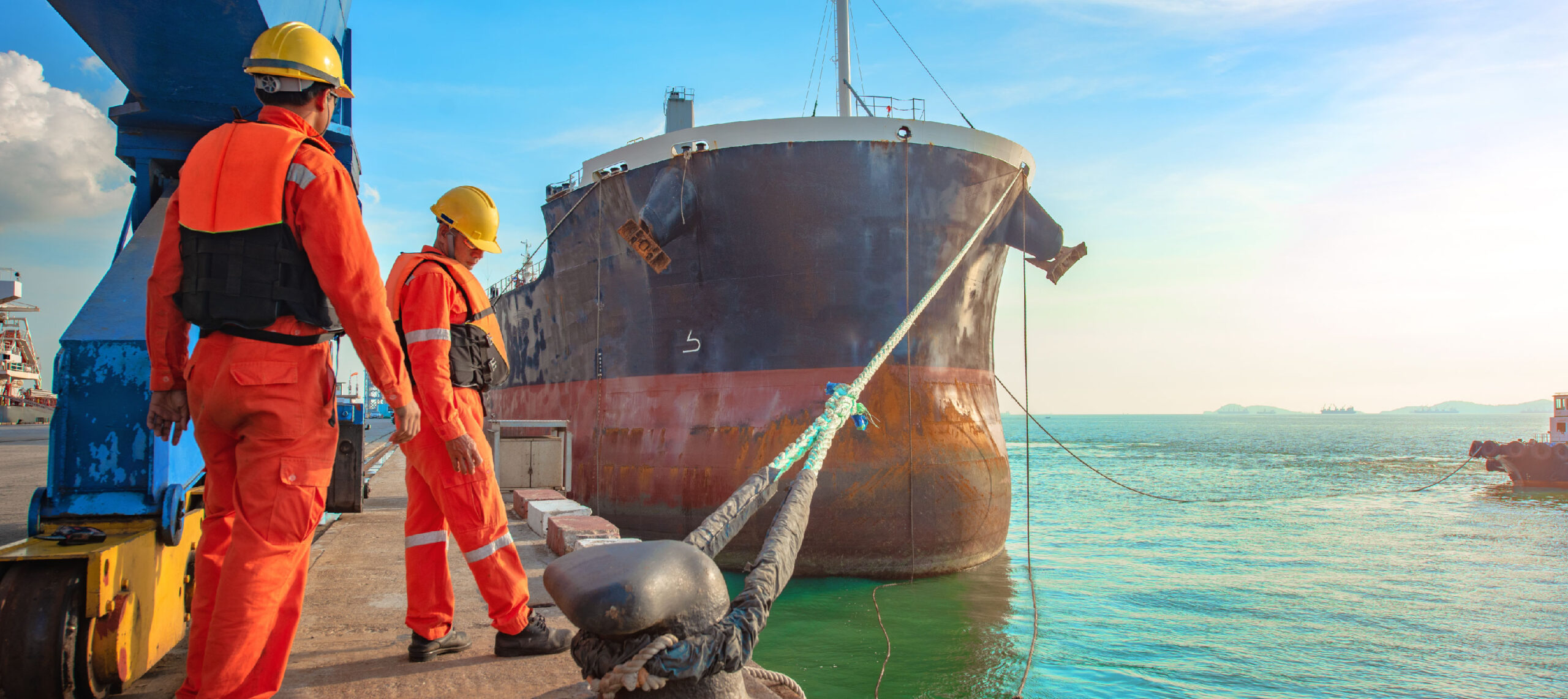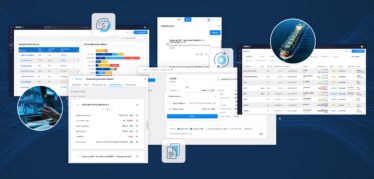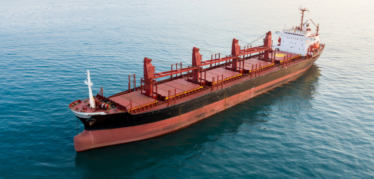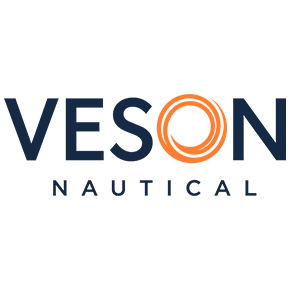In the realm of global trade, the success of maritime commerce is intricately woven with the efficiency of the overall supply chain. This came through clearly during many of the supply chain pileups that occurred during and following the global pandemic. However, despite being responsible for the majority of the supply chain costs, the marine modality remains one of the most complex and least transparent links in the chain. In fact, 68% of supply chain professionals cited the marine supply chain as the most broken link.
Every day, marine freight divisions must balance the intricacies of working with numerous stakeholders, fragmented data from multiple sources, multi-faceted cost drivers, specialized requirements, and a global reach. As international markets evolve, these intricacies are further compounded by new regulatory requirements, the need to make environmentally conscious carrier choices, and the need to closely monitor and minimize expenses.
To make well-informed decisions and proactively manage risk, tonnage charterers are seeking greater visibility and control over the seaborne supply chain. Through our work with marine logistics teams around the world, we have noticed five major challenges that can hold marine supply chain professionals back. Here, we outline them and demonstrate how a maritime-specific commercial solution can help you manage complexity and advance your strategic objectives.
Challenge #1: Pressure to contain costs
The need to monitor and control expenses is a key requirement for many tonnage charterers. This has only grown more pronounced as heightened volatility and increased financial pressures loom large. Demurrage, for example, has substantial cost implications and can easily be influenced by factors such as port congestion and weather-related delays.
Solution: Dynamic P&L and elevated claims management
Containing costs requires full visibility into the organization’s financial position and the cost impact related to various voyage activities. A made-for-maritime commercial solution can provide a dynamic view of the profit and loss (P&L) landscape, allowing you to break down the many drivers of cost and identify areas that can be optimized for cost reduction. It can also bring some big wins to your claims and demurrage management, allowing you to automatically calculate laytime, predict demurrage, and manage claims with ease.
Challenge #2: Information gaps and delays
It’s not surprising that marine logistics divisions often struggle with information gaps and delays, seeing as they are constantly interacting with many different stakeholders and stages of the marine logistics workflow. This challenge is often heightened by the fact that teams are pulling information from several different systems and sources that don’t sync up with each other.
Solution: One, connected workspace
By bringing all internal workflows into one comprehensive seaborne supply chain solution, you can establish a single source of truth that is accessible across stakeholders. From production planning to nominations, berth scheduling, post-voyage financials and analysis, and more, your teams can easily collaborate and share key information both internally and with carriers in a standardized, automated way.
Challenge #3: Limited market visibility
As I mentioned, lack of visibility is a common struggle we see with tonnage charterers. This applies not only to internal workflows within the organization, but also to the maritime market at large. Marine logistics teams need to understand changing market realities and their potential impact on the organization in order to make relevant, well-informed decisions. This can often be a very disjointed and manual process without an integrated workspace at the center.
Solution: Integrated data sources
Achieving data-driven visibility across the marine supply chain allows you to make decisions that reflect both internal and external realities – in other words, decisions that make the biggest positive impact on the business. To do this, tonnage charterers must incorporate market insights from external data sources into the core marine logistics workflow at the relevant time and in a clear, concise way. A connected and comprehensive seaborne supply chain solution will do just this by enabling system integrations and providing a flexible integration approach. Marine logistics divisions can then access information that is comprehensive, standardized, timely, and presented within the context of the broader commercial workflow.
Challenge #4: Complex nominations workflows
The nominations process, which considers vessel availability, suitability, and cost, is one of the most complex elements for tonnage charterers – not to mention the one that has the largest impact on financial success. This is an area where tonnage charterers can experience significant improvements if they get stronger systems and processes in place.
Solution: A streamlined nominations process
Selecting the best possible vessels requires standardized, timely processes and a robust understanding of the market and its continuous fluctuations. A dynamic marine logistics platform will streamline the nominations process for a full range of contract types, including TCs, COAs, and more. The right platform will also provide accurate market data and vessel particulars, allowing you to easily predict port congestion, analyze turnaround times, visualize vessel positions, and more to make the best possible decisions for your downstream stakeholders, end customers, and bottom line.
Challenge #5: Changing regulations and requirements
Today, sustainability isn’t just a virtue – it’s a commercial necessity. Decarbonization-related regulation continues to ramp up, and stakeholder expectations for sustainability along with it. This is intensifying the need for tonnage charterers to prioritize sustainability in their carrier relationships.
Solution: Incorporate carbon impact analysis into every decision
This increasing regulatory complexity can be best addressed with a maritime-specific commercial solution that provides visibility into emissions-related data and allows you to effectively assess and report on the carbon impact of every decision.
Connecting The Marine Link with The Veson IMOS Platform
Today’s seaborne supply chain is facing greater complexity, volatility, and pressure to prioritize decarbonization. Enlisting digital technology that is made to support maritime-specific requirements can equip tonnage charterers with the tools needed to face these industry-wide challenges.
The Veson IMOS Platform delivers a comprehensive contract management workflow, market-linked insight, and seamless integrations to help you gain new levels of control over your seaborne supply chain. With specialized tools for claims, berth scheduling, exposure management, and more, the IMOS Platform empowers supply chain stakeholders to navigate complex market dynamics with greater agility while fine-tuning carrier decisions and advancing their key strategic objectives. But don’t take our word for it – here’s what our clients are saying:
We have digitized our whole marine supply chain – one global tool for all of our marine operations. If we put it in a vessel, it is in Veson products, and we use that to manage our business.
Lance Nunez, Global Marine and Terminal Logistics Director, Dow
–
At Veson, we are committed to serving both sides of the marine freight contract and are focused on fostering stronger connections between counterparties and making information sharing more seamless. Our solutions deliver capabilities that support owner-operators, commodity traders, and tonnage charterers as they work to best serve their customers and internal stakeholders. To learn more, visit our tonnage charter webpage below.



 Russ Hubbard
Russ Hubbard
 Josh Luby
Josh Luby
 Veson Nautical
Veson Nautical